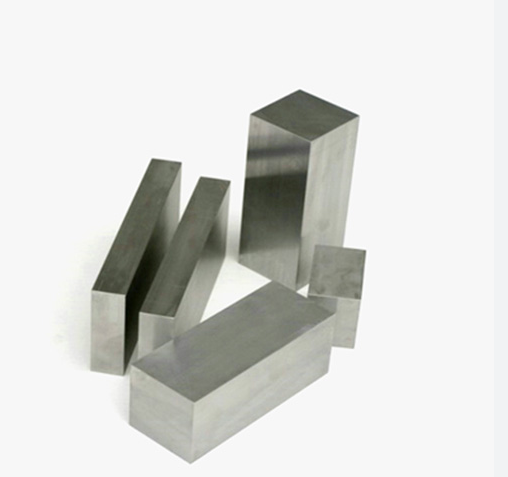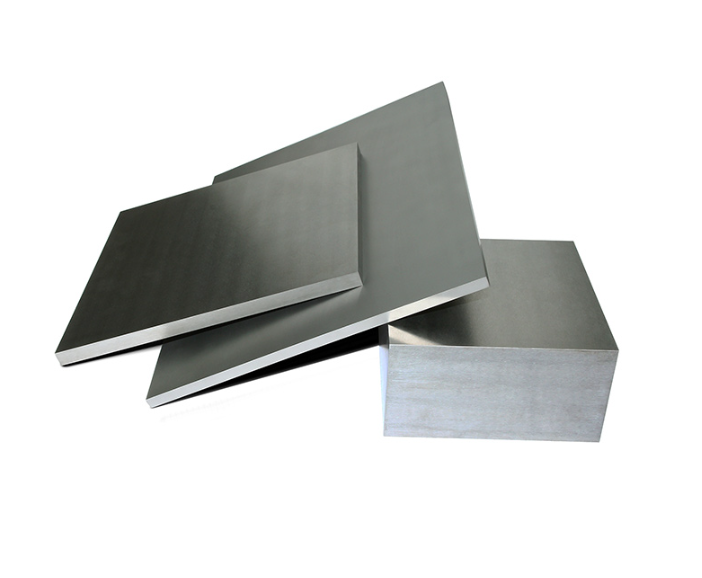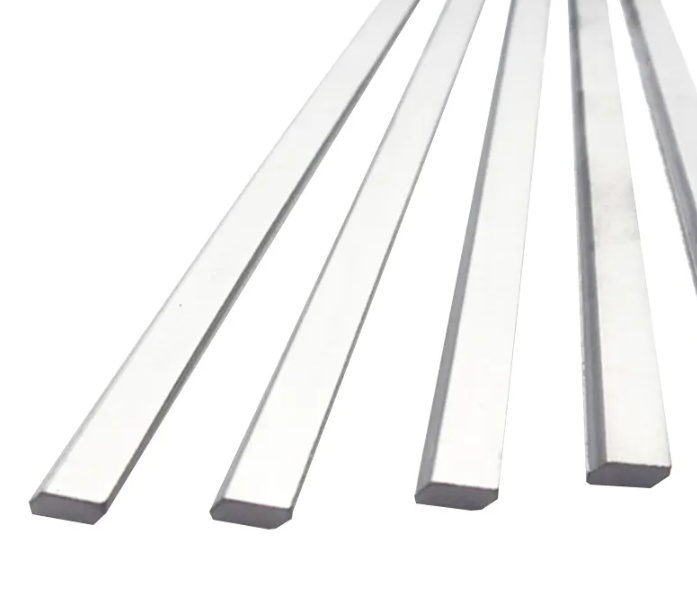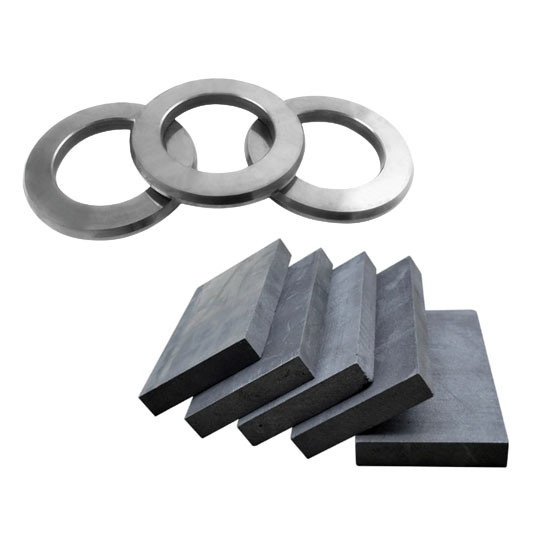무엇 절단 속도?
절삭 속도는 공구의 절삭날이 공작물 표면을 기준으로 움직이는 속도입니다. 분당 표면 피트(SFM) 또는 분당 미터(m/min) 단위로 측정됩니다. 절삭 속도는 가공 공정에서 중요한 역할을 하며 공구 마모, 표면 조도 및 생산성에 영향을 미칩니다. 올바른 절삭 속도를 선택하면 공구 수명을 연장하면서 효율적으로 재료를 제거할 수 있습니다.
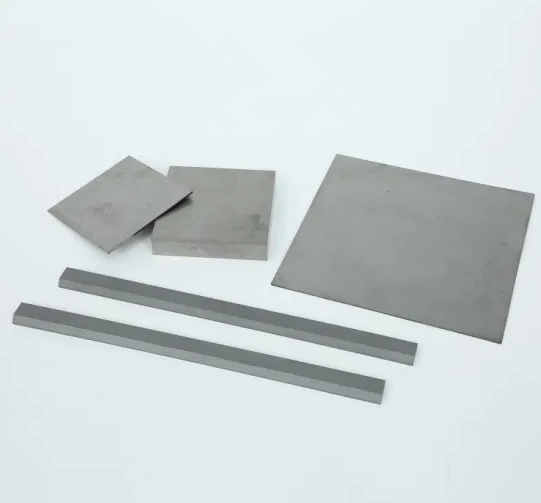
의 중요성 절단 속도 CNC 가공, 밀링, 터닝 및 기타 공정에서
절삭 속도는 CNC 가공, 밀링 및 선삭 작업의 효율성과 정확성에 직접적인 영향을 미칩니다. 절삭 속도가 너무 낮으면 공정이 비효율적이 되어 표면 정삭이 불량해지고 공구가 과도하게 마모됩니다. 반대로 절삭 속도가 지나치게 높으면 과열이 발생하여 공구의 성능이 급격히 저하되고 공작물이 손상될 수 있습니다. 제조업체는 절삭 속도를 최적화함으로써 높은 정밀도, 향상된 표면 품질, 연장된 공구 수명을 달성할 수 있습니다.
초경 공구에 더 빠른 절삭 속도가 필요한 이유는?
초경 공구는 경도, 내마모성 및 고온을 견디는 능력으로 잘 알려져 있습니다. 초경 공구는 고속강(HSS) 공구와 달리 내열성과 인성이 뛰어나기 때문에 더 빠른 절삭 속도가 필요합니다. 더 빠른 속도로 작동하면 모서리 형성을 최소화하고 사이클 시간을 단축하며 전반적인 생산성을 향상시킬 수 있습니다.
카바이드 공구의 권장 절삭 속도
아래 표는 다양한 재료에 카바이드 공구를 사용할 때 권장되는 절삭 속도에 대한 일반적인 지침을 제공합니다:
| 재질 | 절단 속도(SFM) | 절단 속도(m/min) |
|---|---|---|
| 알루미늄 | 800 – 1500 | 244 – 457 |
| 연강 | 250 – 600 | 76 – 183 |
| 스테인리스 스틸 | 150 – 400 | 46 – 122 |
| 주철 | 300 – 700 | 91 – 213 |
| 티타늄 | 100 – 250 | 30 – 76 |
| 니켈 합금 | 75 – 200 | 23 – 61 |
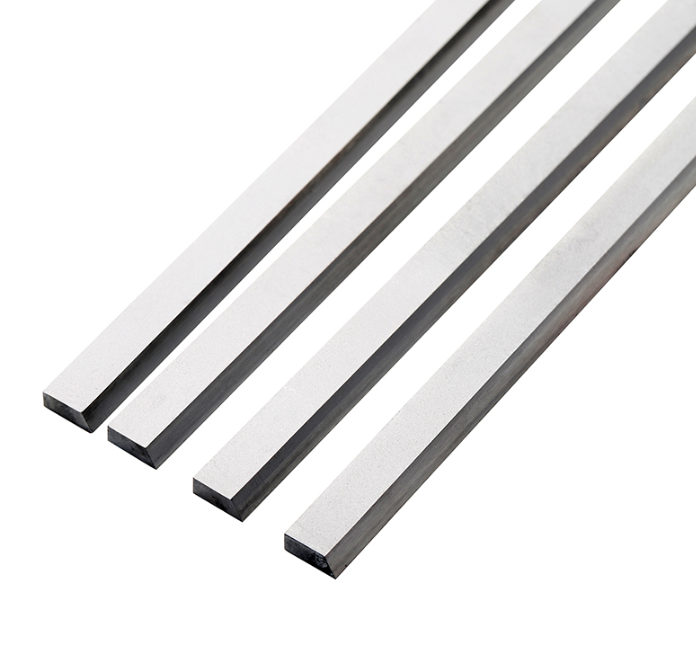
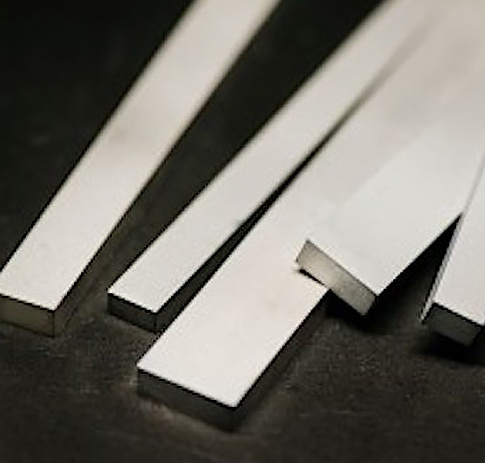
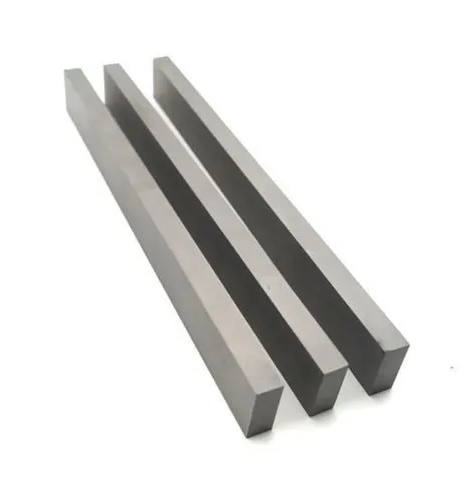
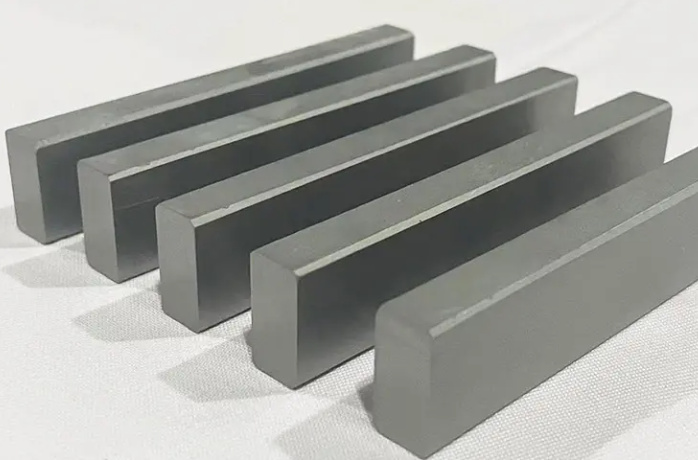
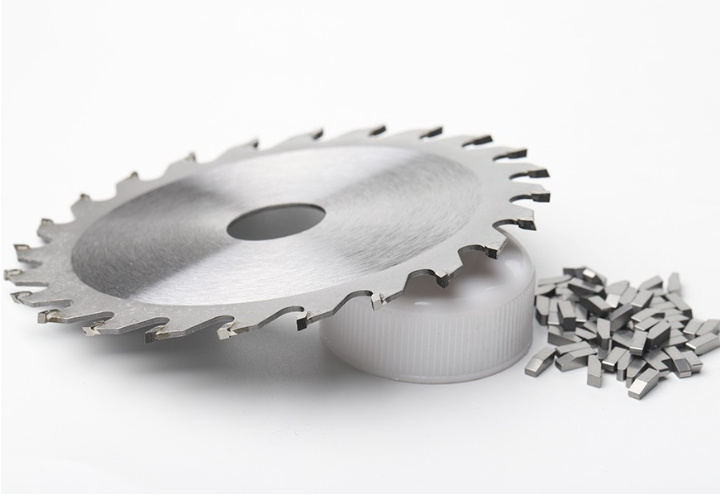
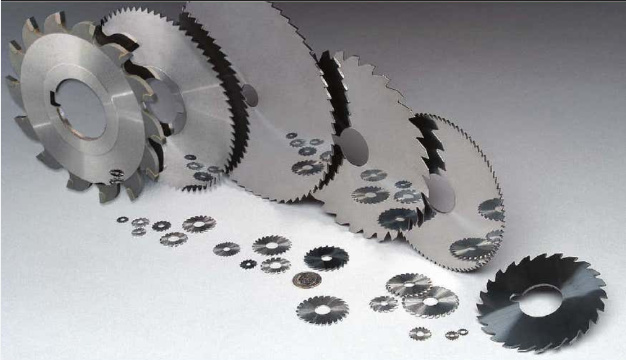
영향을 미치는 요인 절단 속도
카바이드 공구의 최적 절삭 속도에는 여러 가지 요인이 영향을 미칩니다. 아래 표에는 주요 고려 사항이 요약되어 있습니다:
| 팩터 | 절단 속도에 미치는 영향 |
|---|---|
| 도구 재질 | 카바이드 공구는 HSS 공구보다 더 빠른 속도로 작동합니다. |
| 공작물 재질 | 단단한 소재일수록 절단 속도가 낮아야 합니다. |
| 절삭유 | 냉각 및 윤활 기능이 향상되어 속도가 빨라집니다. |
| 도구 지오메트리 | 날카롭고 잘 디자인된 절삭 날은 효율성을 높여줍니다. |
| 기계 안정성 | 리지드 설정으로 진동 없이 더 빠른 속도를 구현할 수 있습니다. |
| 컷 심도 | 더 깊은 절삭은 공구 손상을 방지하기 위해 더 낮은 속도가 필요합니다. |
초경 공구의 절삭 속도를 계산하는 방법은?
절단 속도는 다음 공식을 사용하여 계산할 수 있습니다:
V=π×D×N12V = \frac{\pi \times D \times N}{12} (SFM의 경우)
V=π×D×N1000V = \frac{\pi \times D \times N}{1000}(m/min의 경우)
Where:
- VV = 절단 속도
- DD = 공작물 또는 공구 직경(인치 또는 mm)
- NN = 스핀들 속도(RPM)
예를 들어, 직경 1인치 카바이드 엔드밀을 1000RPM으로 사용하는 경우 절삭 속도는 V=3.14×1×100012=261.67 SFMV = \frac{3.14 \times 1 \times 1000}{12} = 261.67 \, SFM입니다.
일반적인 실수와 이를 방지하는 방법
- 잘못된 커팅 속도 사용 - 항상 특정 자료에 대한 권장 값을 참조하세요.
- 공구 마모 무시 - 도구를 정기적으로 점검하여 조기 고장을 방지하세요.
- 냉각 및 윤활 불량 - 적절한 절삭유를 사용하여 열 축적을 관리합니다.
- 일관성 없는 피드 속도 - 공구 마모가 고르지 않도록 이송 속도를 일정하게 유지하세요.
- 도구 코팅 고려 사항 건너뛰기 - 성능 향상을 위해 코팅 카바이드 도구를 사용하세요.
카바이드 공구용 특정 금속 분말 모델
아래는 카바이드 공구에 사용되는 특정 금속 분말 모델과 그 응용 분야입니다:
| 금속 분말 모델 | 구성 및 특징 | 애플리케이션 |
|---|---|---|
| WC-Co(텅스텐 카바이드-코발트) | 높은 경도와 인성 | 일반 가공 |
| TiC(티타늄 카바이드) | 내마모성, 코팅에 사용 | 고속 커팅 |
| TaC(탄탈 탄화물) | 내열성, 합금에 사용 | 항공 우주 가공 |
| NbC(니오븀 카바이드) | 내마모성 향상 | 정밀 절단 |
| VC(바나듐 카바이드) | 최첨단 유지력 향상 | 고성능 절삭 공구 |
| Cr3C2(크롬 카바이드) | 부식 방지 | 연마재 가공 |
| Mo2C(탄화몰리브덴) | 경도 증가 | 고강도 애플리케이션 |
| ZrC(지르코늄 카바이드) | 고온 안정성 | 고속 작업 |
| HfC(하프늄 카바이드) | 뛰어난 내열성 | 초고속 가공 |
| Al2O3-TiC(알루미나-티타늄 카바이드) | 향상된 내산화성 | 하드 터닝 작업 |

자주 묻는 질문
| 질문 | 답변 |
|---|---|
| 절단 속도가 너무 낮으면 어떻게 되나요? | 표면 마감 불량, 공구 마모 증가, 비효율적인 절삭. |
| 초경 공구가 경화강을 절단할 수 있습니까? | 예, 적절한 코팅과 빠른 절단 속도로 가능합니다. |
| 절삭 속도는 공구 수명에 어떤 영향을 미칩니까? | 속도가 빠를수록 최적화되지 않으면 도구 수명이 단축됩니다. |
| 카바이드 공구에 절삭유를 사용하는 이유는 무엇인가요? | 열 축적을 줄이고 공구 수명을 연장합니다. |
| 알루미늄에 가장 적합한 절단 속도는 얼마입니까? | 도구 유형에 따라 800-1500 SFM. |

